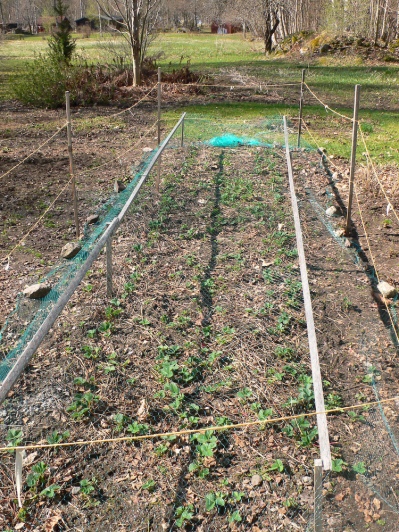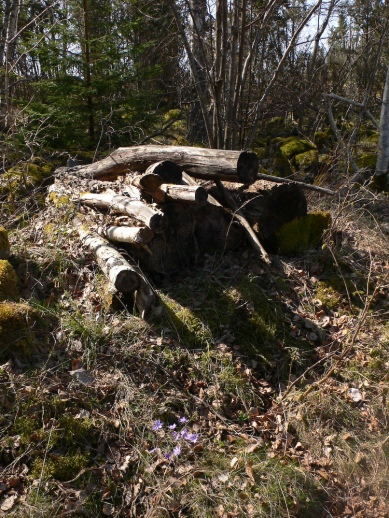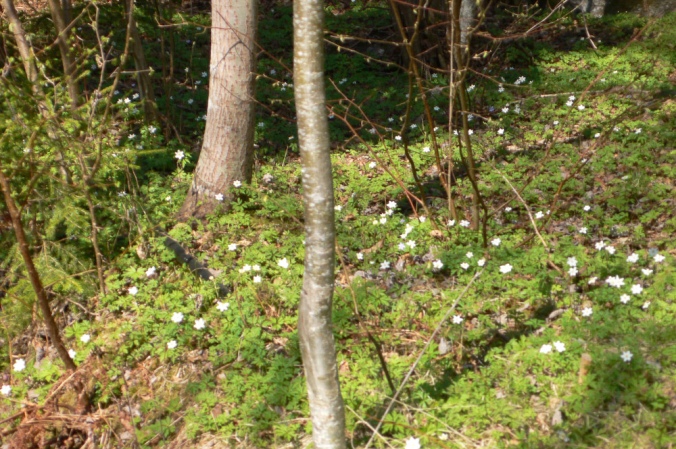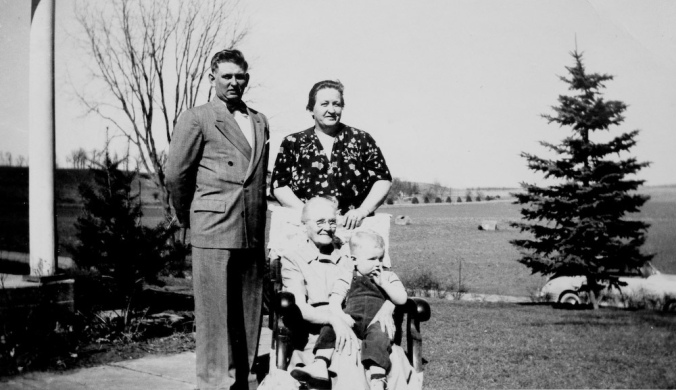Do you write fiction? If so, you’ll know how important it is to understand the world your characters live in. This might be the same world that we live in today, or it might not be. Even if your story takes place in modern day Britain it’s likely that your characters belong to a specific cultural grouping, and have tastes which differ from other peoples. For example, you’ll need to know where they grew up, what they like/dislike, what makes them tick and what kinds of clothes they wear. So, how do you go about finding all of this out? Do you sit and make a list of their traits? Do you draw (or paint) their portrait? Or maybe you see a photograph of someone and build up your characters from there.
However you go about it, it’s important to get the details right. Without them, a character not only won’t make sense, but, worse, they won’t feel real to the reader. That’s not to say that a character shouldn’t have quirks, which at first glance may look like inconsistent character traits, because they should. Characters with inner contradictions, with ‘good’ and ‘bad’ sides to them are much truer to life—more three dimensional—than a character who is one-sided.
But how do you really get into the mind set of your characters? And do you do this only for your main character, or for all of your characters?
For my novel, The Forest King’s Daughter, I immersed myself in the world my characters lived in. As this was 19th century rural Sweden, this was not exactly easy to do. I listened to Swedish folk music (or folkmusik) to set the scene for my characters, looked at old clothes both online and in London’s Victoria and Albert Museum, viewed paintings of rural Sweden done by Carl Larsson in the National Art Library and learned some Swedish cooking and baking in order to surround myself with the sights, smells, sounds and tastes that my characters would have known. It was great fun, and tasty too. 🙂
Most of all, it allowed me to see the world as my characters would have done, and this helped me to build a better picture of them, which grew and changed over time.
Here’s a photo of some Swedish peasants wearing traditional folk dress from Dalarna. I just love the colourful aprons the women wore.
And a few of my Scandinavian cookbooks, plus my lovely straw reindeer I purchased at the Swedish Christmas market here in London a couple of years back.Here’s a video of a musical duo playing on traditional Swedish nyckelharpas at Skansen on Easter, from YouTube. Listening to songs such as these helped me to transport myself to the Swedish countryside, and later to the Gothenburg dockside where emigrants prepared to depart for America. Many folk singers and musicians helped to entertain the departing emigrants to keep their minds off the perilous journey which lay ahead.
So, how about you? What kinds of things have you done to better understand your characters? I’d love to hear about them so please leave a comment below.

![By Louise Hagberg [Public domain], via Wikimedia Commons](https://kendraolson.files.wordpress.com/2015/04/gruppbild_av_ett_sc3a4llskap_i_folkdrc3a4kter_-_nordiska_museet_-_nma-0056412.jpg?w=344&h=503)



















